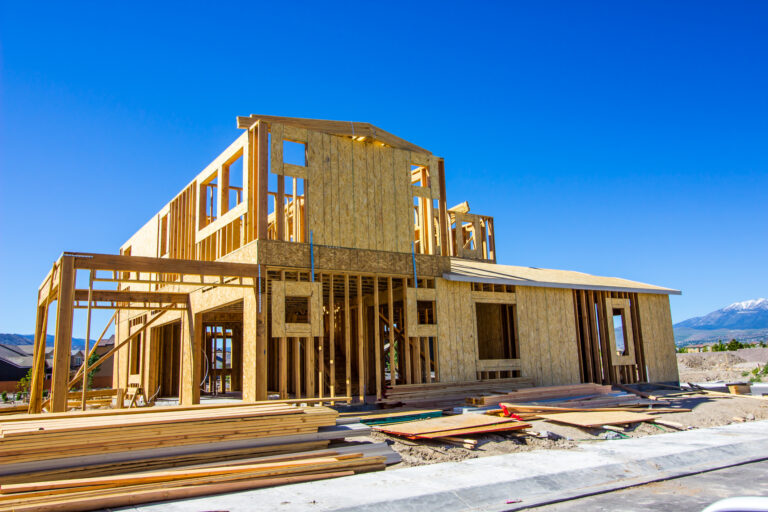Home » News » Australian Property Update – April 2022
Australian Property Update – April 2022

Terry’s View – Terry Ryder is Australia’s Leading Independent Property Researcher
News media continues to misreport price data. Many of the headlines following the 1 April release of the monthly CoreLogic figures have depicted falling prices, but 13 of the 15 market jurisdictions (eight capital cities and seven state regional markets) recorded growth in house prices in March. Apartments are also doing well, with all jurisdictions up in March except Sydney.
The media focus has been on the Sydney (down 0.1%) and Melbourne (down 0.2%) house markets, but the standout results for me are Queensland and South Australia. Brisbane, Regional Queensland, Adelaide and Regional South Australia all increased their house prices by 2% or more during March, with Brisbane producing boom-level growth despite the floods.
In the March Quarter all 15 major jurisdictions recorded price uplift, including nine which grew 3% or more, headed by the Queensland and South Australian markets which rose by 6% or more. Others to do well included Regional NSW (5.3%), Regional Tasmania (4.9%), Hobart (3.2%) and Regional Victoria (3.7%).
The overall message is that the property boom is very much alive in most markets across Australia, with regional markets and the smaller capital cities excelling.
Price Growth Hits Record High
The average value of a home in one of Australia’s capital cities is now more than $920,000, following the largest ever annual increase in prices recorded. Australian Bureau of Statistics (ABS) figures show property values hit new highs in the past 12 months, with the weighted average of Australia’s eight capital cities increasing by 23.7%.
It was the smaller capital cities which had the strongest growth with Hobart’s values up 29.8%, followed by Canberra, 28.8%, Brisbane 27.8% and
Adelaide 23.9%. Sydney values increased by 26.7% and Melbourne values increased by 20%.
Australia’s median house price now sits at $920,100, while New South Wales is the state with the highest median of $1.21 million.
It is followed by the ACT, $979,600 and Victoria $956,100 while the Northern Territory is the cheapest with a median of $489,000.
According to the Real Estate Institute of Australia’s latest Housing Affordability Report the rise in prices means that borrowers are spending more.
It says in December borrowers paid on average 37% of their incomes to meet loan repayments.
Should You Fix Your Loan?
With speculation mounting that interest rates are set to rise, new analysis says homeowners can save thousands if they fix their mortgage rate now. Analysis by Canstar shows if a borrower with a $500,000 principal and interest loan locks in the average three-year fixed rate of 3.32% now, they could save $221 on monthly mortgage repayments, or $8468 in total interest, over three years.
That is in comparison with a variable rate which lifts to 1.25% as forecast by some economists. Canstar’s Steve Mickenbecker says although the average variable rate is lower than the average fixed rate, locking in repayments also gives homeowners certainty.
“There’s a whole generation of borrowers who have never seen a rate increase, so it will come as a shock to them when they see it,” Mickenbecker says. CommBank head economist Gareth Aird says it’s not always about which way you’re better off, but it’s about peace of mind.
The last time interest rates rose in Australia was in November 2010. Barrenjoey chief economist Jo Masters says many homeowners are locking in fixed rates.
“Thirty five per cent of outstanding mortgages are fixed mortgages. Prior to the pandemic it was 20 per cent,” Masters says.
Return Of International Students
Australia’s international borders may have reopened, but it could still be some time before the number of international students returns to normal levels in Australia. After an almost two-year absence 29,856 international students returned to Australia in the first six weeks after borders reopened in December.
While those numbers may appear high, that influx still leaves Australia about 300,000 short on pre-pandemic numbers. There are about 147,000 student visa holders who have still not travelled to Australia.
The slow return of international students is not just a concern for education facilities, but also affects the workforce and property market.
A lack of international students in the past two years had a significant effect on inner city rental property markets, resulting in high levels of vacancy. International students also account for a large percentage of workers in the hospitality and personal care industries which are struggling to find staff.
In an effort to encourage more students to travel to Australia the Federal Government is offering temporary visa refunds and an easing of the restrictions on working.
The majority of students who returned in the first six weeks are from India and Nepal, accounting for more
than half of the first influx.
Continue Reading.
Want the latest Niecon News?
Subscribe to our newsletter for news and property market updates.





